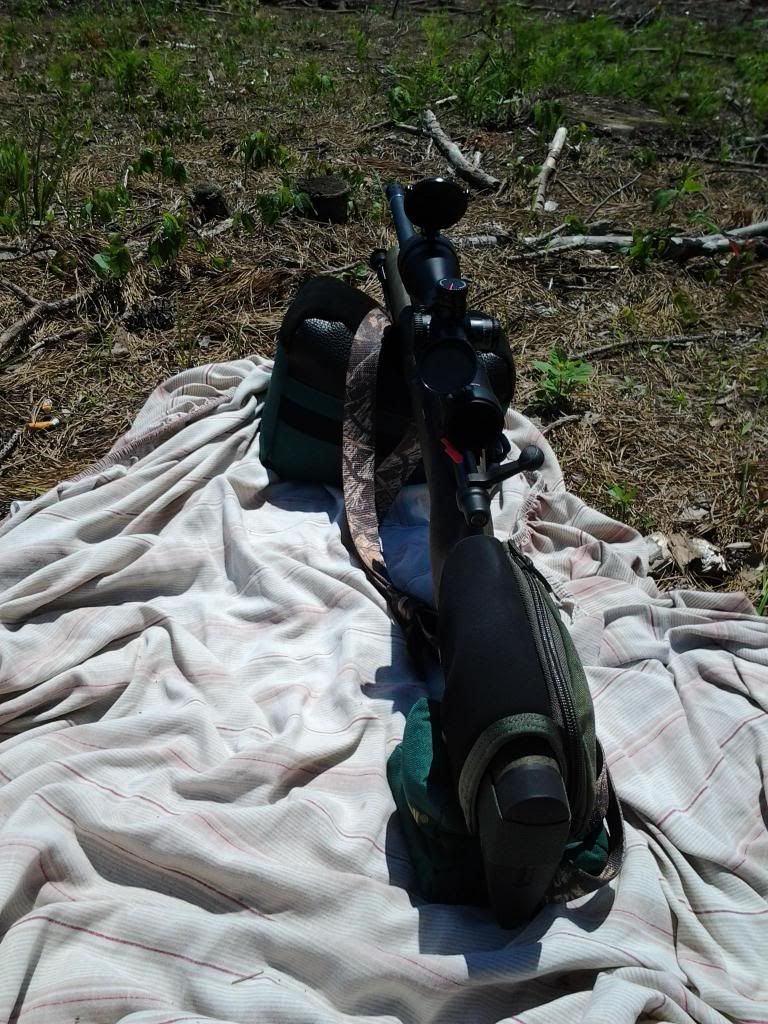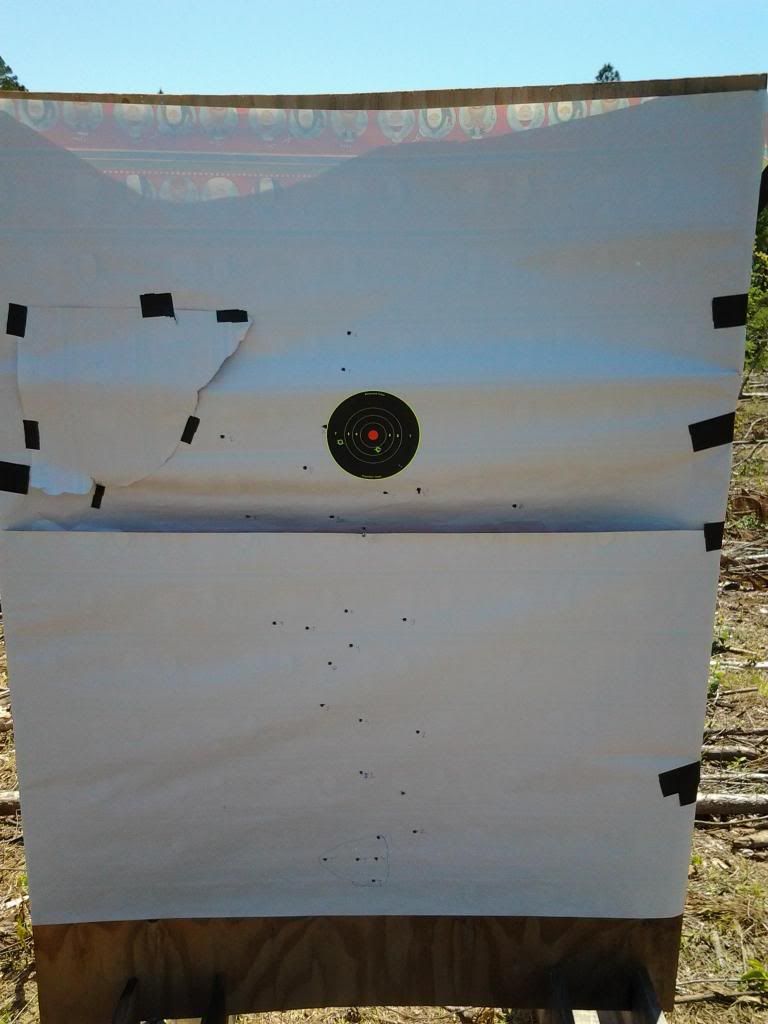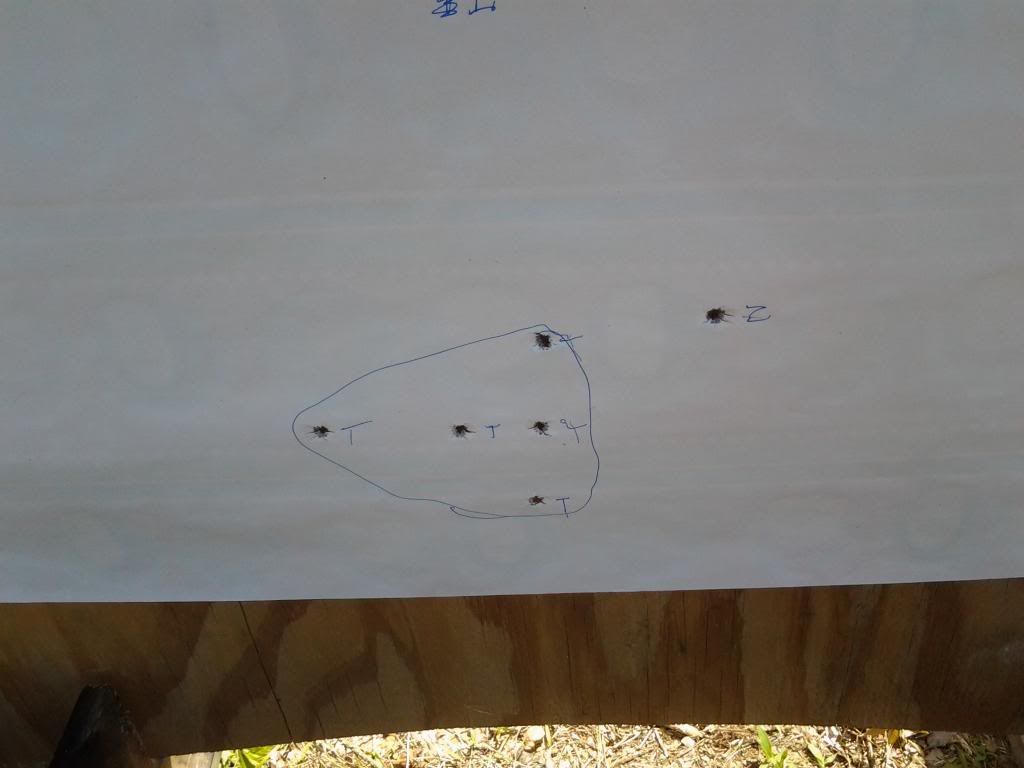Go back and study the intent of a ladder test. You should also go and research the mechanics involved during the shot process (internal ballistics). Once you understand this, you'll "Get" ladder testing.
Your statement of ladder testing "groups" indicates you don't know how to do a ladder test. You don't shoot for groups in a ladder test, it's one shot per charge. What you're looking for, which you do seem to grasp, is the area where you get say, 3 different loads placed closest together with the narrowest load difference. This will give you a node that difference in velocity makes less of a difference in shot placement. Keep in mind that a change in velocity/pressure can place the impact horizontally not only vertically.
Do the ladder test first and you'll shoot less rounds to develop a load.
I'm pretty sure I understand what a ladder test is. I am fairly well versed in internal ballistics. I understand that "groups" are not fired during a ladder test, but that is where the problem lies with a rifle having a relatively wide dispersion pattern, which is my point.
I will grant two things.
One: Shot patterns consist of an extreme radius for any given range in which all shots can be expected to impact. Within that circle, the shot pattern will be more dense the closer to the center of the circle (natural "potential" group center).
Two: Given the geometry of a circle, of all points within a circle, there will be more toward the center
elevation wise, as a circle is widest across the diameter and narrows the further up or down from the diameter one measures. (I think this may be what you are saying when you said, "Keep in mind that a change in velocity/pressure can place the impact horizontally not only vertically."
So, any given shot
will more likely impact closer to the center of the rifle's natural pattern
elevation wise, and a ladder test will weed out most shots that would otherwise impact in the top or bottom of the periphery of the natural pattern. But, the larger the natural pattern the rifle is capable of (larger "group", or dispersion) versus any change in elevation due to the load itself, the more likely the ladder test's results will be irrelevant.
Again, I'm not talking about shooting actual groups while doing a ladder test, but it's a falacy to ignore that a single shot is part of a theoretical group, or a point within the natural dispersion of a rifle for any given load. That's why I question why one would do a ladder test if the loads are grouping wider than any expected increase of elevation between test loads.
To say, "The idea of a ladder test is to eliminate all those loads that don't tend to group well to begin with." just doesn't make sense to me, especially as it is implied that the worse loads with the most natural dispersion will be the ones that are not in a node, and it seems to me those are the very ones most likely to muddy the results. Unless I'm reading it wrong, and he means that you weed out the loads that don't group well
before you do a ladder test with the remaining loads that do group well(?).
(I get a feeling this has been hashed out before, and I'm just late to the party. Sorry if this is old banter.)






















